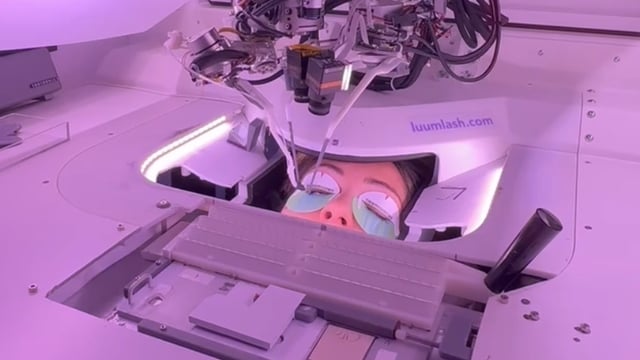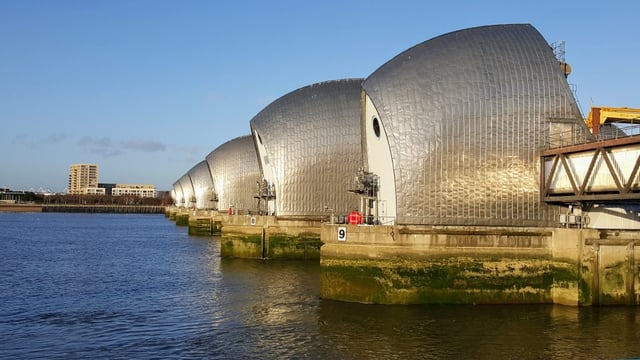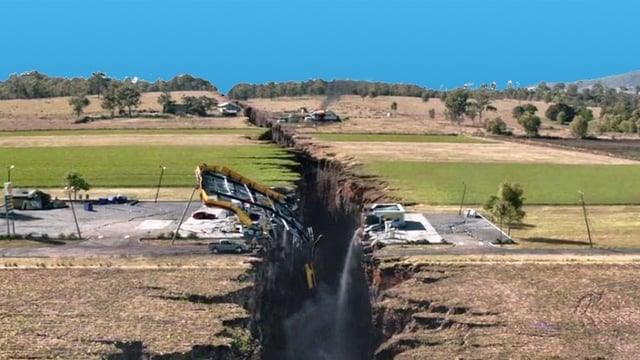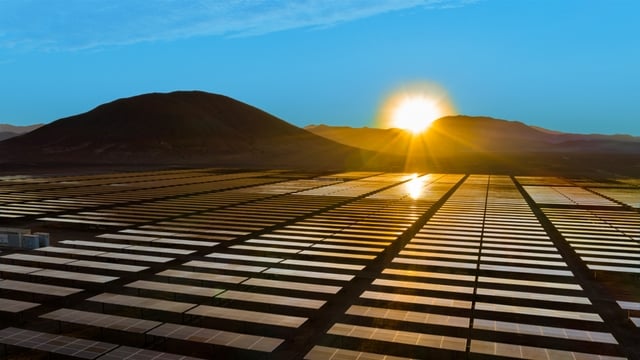Will nuclear fusion energy be viable soon?
In June 2024, the world’s first high-temperature superconducting tokamak was built successfully, reviving worldwide interest in nuclear fusion energy. But what about nuclear fusion has people so excited for its potential? How could nuclear fusion power the world?
In June 2024, Energy Singularity announced that it had built the world’s first high-temperature superconducting tokamak fusion reactor, putting China ahead in the world’s race to obtain nuclear fusion power. But what is it about nuclear fusion that has people so excited for its potential? How could nuclear fusion power the world?
Nuclear fusion is the process where two or more atomic nuclei are fused to form another nuclei releasing large amounts of energy. Because of its benefits, people across the globe have been trying for years to achieve nuclear fusion power that could be turned into electricity. Unlike nuclear fission, nuclear fusion does not produce radioactive waste. It’s also more energy-efficient compared to fossil fuels, without the carbon emissions that make fossil fuels so dangerous.
Enough people have seen the potential for this energy source that 35 countries have joined together to collaborate on the International Thermonuclear Experimental Reactor to realize the dream of fusion-based energy. Other projects include The US’ National Ignition Facility, The Joint European Torus in the UK, Japan’s JT-60SA, and more.
Achieving a net energy gain from a nuclear fusion reaction took more than a century, but further progress in increasing this number may not need the same timeline. If Energy Singularity’s achievements in this year tell us anything, it is that great strides are being made in nuclear fusion technology, and what was impossible a few years ago is achievable today and can be scaled tomorrow.









